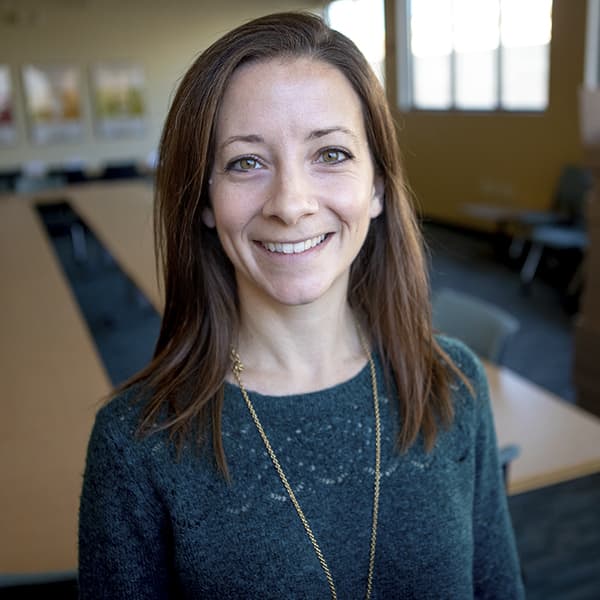Advertisement
Report: Massachusetts Community College Attendance Boosts Employment, Earnings
Taking courses at one of Massachusetts community colleges is likely to result in a positive return on a student's time and tuition investment. That's according to a new report from The Boston Foundation and MassINC. The study, which followed high school graduates from 2010 to 2018, showed that community college attendees were 6-18 percentage points more likely to be employed than their peers who ended their education at high school graduation.
"There is a huge employment benefit," said Alicia Modestino, the research director for the Dukakis Center for Urban and Regional Policy at Northeastern University and the study's lead author. The biggest payoffs came from when students actually completed a certificate program or associate's degree.
The data showed that women benefitted the most. Women who attended two non-summer semesters earned an average of $1,550 more per year than their peers who didn't continue on to post-secondary education. For men, earning an associate's degree or credential yielded between $5,500 and $9,000 more per year than their male peers with only a high school diploma.
The report noted that the increases in employment and earnings also hold true for students who wait to enroll in a community college program between one and five years after high school graduation.
Additionally, Modestino's team found that the type of degree or certificate students pursue makes a difference in how much they can earn. Women in Massachusetts who enrolled in community college right after high school and completed an associate's degree in a health-care-related field earned roughly 61% more than women with only a high school diploma. The results were less dramatic for men, although still significant, with a 25% increase in earnings compared to men who ended their education with high school.
Not all degree programs resulted in an increase in earnings, however. According to the report, men who earned an associate's degree in liberal arts earned 10% less than their peers who stopped with high school. Modestino noted that, generally, those degrees were only economically beneficial if the student went on to pursue a four-year degree.
Community colleges in Massachusetts typically serve a more diverse group of students than four-year institutions. Students of color make up about 50.5% of the student body at community colleges, compared to 33.2% at four-year state colleges.
Modestino added that the report's data bolsters the idea that community colleges can reduce income inequality given the high rates of enrollment among students of color. "We are showing that this is a critical point of access for low income and minority students," said Modestino. But she also noted that while enrollment is high among that group, completion rates are not. White, non-low income students are twice as likely to complete an associate's degree than students of color.
While degree and certificate program completion rates are low at Massachusetts' community colleges, the report's authors argue the results from the study are still promising. They hope having solid numbers will help influence policy makers to invest more funding and resources into these institutions.
"Community colleges have always served this dual purpose of being a workforce development institution while also providing open access to a post-secondary education," said Modestino. "And they've always done it on very slim budgets."
Those budgets have become even slimmer than usual due to the COVID-19 pandemic and, she argues, are in even greater need of investment.
"Just like everything else, COVID-19 just exacerbated the challenges that community colleges face," said Modestino. "On the one hand, we're expecting them to play this pivotal role in getting people back to work ... while at the same time they saw the greatest declines in terms of enrollment."
Last Fall, community college enrollment nationally dropped by 10% from the year before.
The research team made several policy recommendations based on their results. The big one was funding. But Modestino's team encourages policy makers to target any extra resources to the students with the greatest need. They'd like to see the state expand early college programming to more high schools that serve large populations of minority and low income students. The team also hopes to see an investment in community college advisors. When their case loads are manageable, they can help students with significant financial needs find the resources they need to finish their degree.
In addition to funding, Modestino and her co-authors hope that school counselors will share their findings about earning potential based broken down by degree program with students.
"Knowledge is power," she said. "So knowing what the return is and having that end goal in mind is important."
